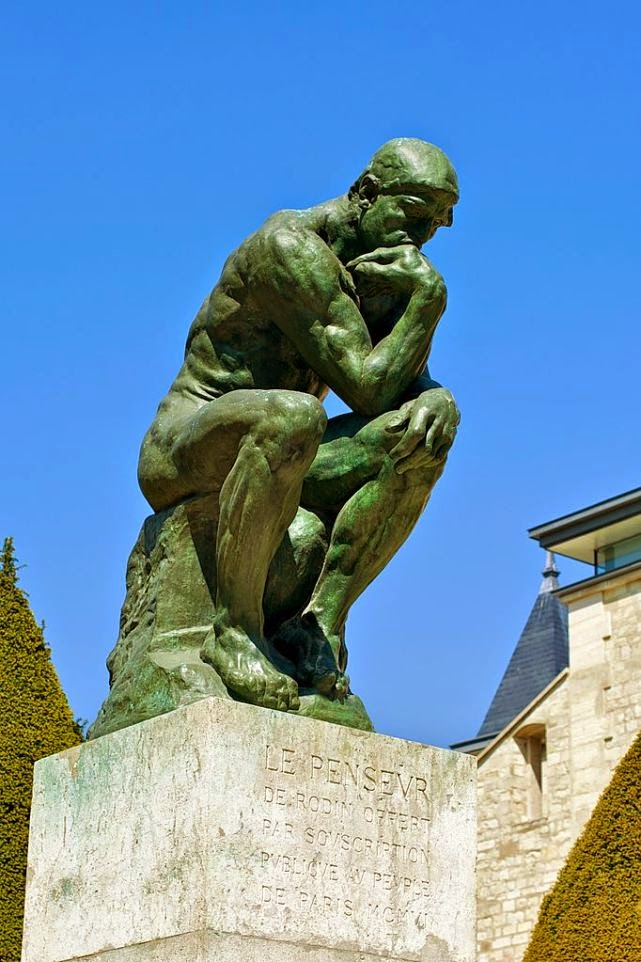Statue of Liberty, New York, United States
Located
on Liberty Island in Manhattan, the statue was dedicated on October 28, 1886 as
a gift to the United States from the people of France. It was given to
celebrate the 100 years anniversary of the signing of the United States
Declaration of Independence. The statue is an icon of freedom and of the United
States: a welcoming signal to immigrants arriving from abroad.
Christ the Redeemer, Rio de Janeiro, Brazil
The
statue is considered the largest Art Deco statue in the world and the 5th
largest statue of Jesus in the world. It is 30 meters (98 ft) tall, not
including its 8 meters (26 ft) pedestal, and its arms stretch 28 meters
(92 ft) wide. It is located
at the peak of the 700-metre (2,300 ft) Corcovado Mountain. The statue has
become an icon for Rio de Janeiro and Brazil’s most famous monument. It was constructed between 1926 and
1931.
The Great Sphinx Of Giza, Egypt
Commonly referred to as the Sphinx, it is a
limestone statue of a mythical creature with a lion’s body and a human
head. It stands on the Giza Plateau on the west bank of the Nile in Giza,
Egypt. It is the largest monolith statue in the world, standing 73.5 meters
(241 ft) long, 19.3 meters (63 ft) wide, and 20.22 m (66.34 ft)
high. It is also the oldest known monumental sculpture, and is commonly
believed to have been built by ancient Egyptians around 2558–2532 BC.
Moai, Easter Island
Monolithic human figures carved by the Rapa Nui
people from rock between the years 1250 and 1500. Almost all moai have overly
large heads three-eighths the size of the whole statue. The tallest moai
erected, called Paro, was almost 10 meters (33 ft) high and weighed 75 tones.
The heaviest erected was a shorter but squatter moai weighing 86 tons and one
unfinished sculpture, if completed, would have been approximately 21 meters (69
ft) tall with a weight of about 270 tons.
David Statue, Italy
David is a masterpiece of Renaissance sculpture
created between 1501 and 1504, by the Italian artist Michelangelo. It is a
5.17-metre (17.0 ft) marble
statue of a standing male nude. The statue represents the Biblical hero David.
The statue is located in the Academia Gallery in Florence since 1873.
Olmec colossal heads, Mexico
The Olmec were an ancient Pre-Columbian
civilization living in the tropical lowlands of south-central Mexico, in the
modern-day states of Veracruz and Tabasco in Mexico. The Olmec civilization
flourished roughly from 1400 BC to 400 BC. The most recognized aspects of the
Olmec civilization are the enormous helmeted heads. The heads are thought to be
portraits of rulers. No two heads are alike and the helmet-like headdresses are
adorned with distinctive elements. 17 colossal heads have been found, and they
range in size from the tallest at 3.4 m high to the shortest at 1.47 m.
The Motherland Calls, Volgograd, Russia
The
Motherland Calls statue, or simply The Motherland is a statue in Volgograd
(formerly known as Stalingrad) commemorating the Battle of Stalingrad. Declared
the largest statue in the world in 1967 (85 meters or 279 feet tall), it is the
last non-religious statue to be declared the largest; every record holder since
has been a Buddhism-related sculpture. Compared with the later higher statues,
The Motherland Calls is significantly more complex from an engineering point of
view, due to its characteristic posture with a sword raised high in the right
hand and the left hand extended in a calling gesture. 200 steps, symbolizing
the 200 days of the Battle of Stalingrad lead from the bottom of the hill
to the monument.
The Thinker
A bronze
sculpture by Auguste Rodin. The work shows a nude male figure at about
life-size sitting on a rock with his chin resting on one hand as though deep in
thought, and is often used as an image to represent philosophy. There are about
28 full size castings, in which the figure is about 186 cm (73 in) high,
though not all were made during Rodin’s lifetime and under his supervision.
Rodin first conceived the figure as part of another work in 1880, but the first
of the familiar monumental bronze appeared in 1904.
The Little Mermaid, Denmark
A bronze statue depicting a mermaid, in
Copenhagen, Denmark. Based on the fairy tale of the same name by Hans Christian
Andersen, the small and unimposing statue is a Copenhagen icon and has been a
major tourist attraction since 1913. It has also become a popular target for
defacement by vandals and political activists. The statue sits on a rock in a
harbor and has a height of only 1.25 meters (4.1 ft).
The Terrace of the Lions, Delos Island, Greece
The
island of Delos is one of the most important mythological, historical and
archaeological sites in Greece. Delos had a position as a holy sanctuary for a
millennium before Olympian Greek mythology made it the birthplace of Apollo and
Artemis. The Terrace of the Lions was dedicated to Apollo by the people of
Naxos shortly before 600 BC and had originally 9 to 12 marble guardian lions
along the Sacred Way, but only 5 lions survived and there are fragments of 3
others. The originals were moved to the Delos Museum in 1999.











No comments:
Post a Comment